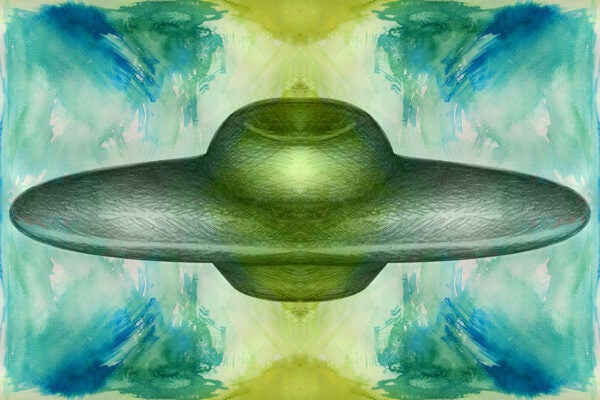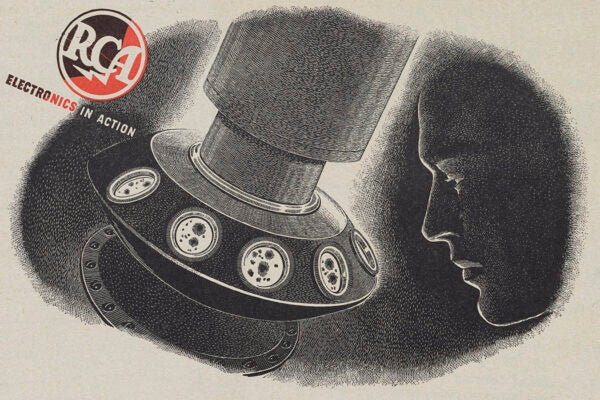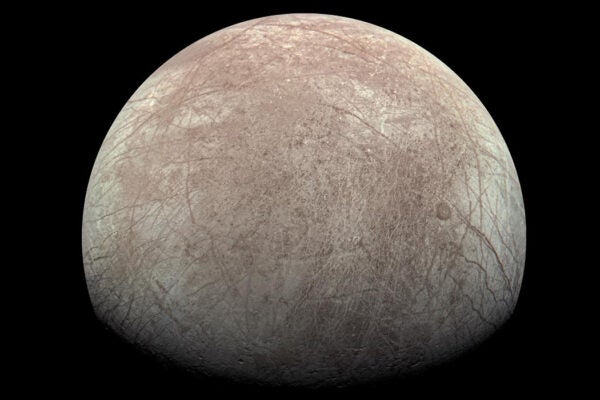Science Lit for Kids Holds a Mirror Aloft
Over decades, books that rouse children’s interest in the natural world have morphed in style and approach—an evolution reflective of tectonic societal change.
Science in War, Science in Peace: The Origins of the NSF
The 1950 establishment of a federal agency devoted to space, physics, and more belied a cross-party consensus that such disciplines were vital to national interest.
How Did Eastern North America Form?
With many collisions and much crumpling of rock, down the ages. The story holds lessons for how the edges of continents are built and change over time.
Far Out: Why Don’t We Believe in UFOs?
Is it scientific impossibility or simply human ego that stops us from entertaining the idea of extraterrestrial visitation?
Tiny Splendid Peacock Spiders
They have the fastest known jump among their kind according to a new study.
Greenland: Polar Politics
Though it may seem like a new topic of concern, the glaciated landscape of Greenland has floated in and out of American politics for decades.
JSTOR Daily: What I Learned
Go behind the scenes with our writers as we celebrate JSTOR Daily’s tenth anniversary!
Viruses Through the Looking-Glass
The electron microscope brought about a paradigm shift in virology in the middle of the twentieth century.
NASA’s Europa Clipper
The spacecraft will investigate whether an icy moon of Jupiter can support alien life.
“Follow the Salt”: A New Strategy for Finding Life on Mars
Scientists might be looking for Martian life in the wrong place.









